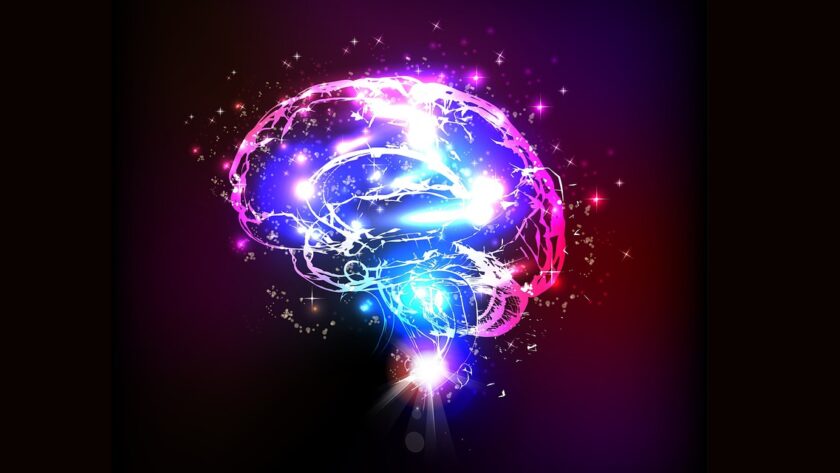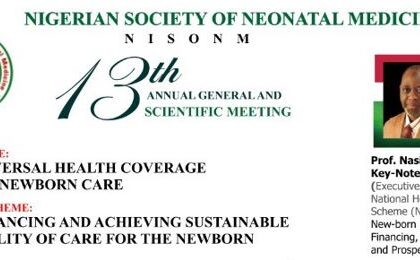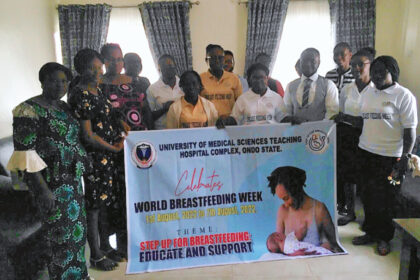June 8th was declared World Brain Tumour day by the Deutsche Hirntumorhilfe e.V(German Brain Tumour Association). This celebration has been held annually since the year 2000 when it first started. It hits on the need to create awareness for brain tumours and how early detection and actions can save lives, the day also celebrates survivors of brain tumours.
What Is A Brain Tumor?
A brain tumour is an abnormal mass of accumulated cells in any part of the brain. It could be because of the growth of abnormal cells or the abnormal growth of normal brain cells.
Brain tumours can be benign(non-cancerous) or malignant (cancerous). They can also be categorized into:
Primary Brain Tumour. This is a tumour that originates and develops from the brain. It can be benign or malignant but mostly is benign.
Types of Primary Brain Tumours
- Glioma: Develops from and affects the glial cells. E.g. astrocytomas, ependymomas, glioblastomas, oligoastrocytomas and oligodendrogliomas.
- Meningiomas: Arises from the meninges, the covering of the brain. They are mostly benign.
- Pituitary Adenomas: Develops in the pituitary gland in the brain.
- Medulloblastoma: These type of tumour develops in the medulla and is very common in children
- Acoustic Neuromas: This is a form of benign tumour that affects the sense of hearing. It is a form of schwannoma.
- Craniopharyngiomas
- Pineocytomas
jhhjhj
Secondary Brain Tumour are often Metastatic brain tumours. This is a type of tumour that occur in the brain as a result of metastasis of cancer cells from different organs in the body to the brain.
The common cancers that can spread to the brain are: Melanoma, Cancers of the lung, kidney, breast, and the colon.
Neonatal brain tumours are rare and make up less than 2% of all paediatric brain tumours. But even at that there are brain tumours that are common in neonates:
• Germ cell tumours
• Choroid plexus tumours
• Medulloblastoma
• Astrocytomas
• Craniopharyngiomas
• Gangliogliomas
• Rhaboid tumours. A rare aggressive tumour that appears anywhere in the body especially the kidney,liver, peripheral nerves and CNS.
The exact cause of brain tumours in neonates is not known however tumours may arise as a result of a number of things like an abnormality in the cell cycle regulation, DNA damage due to exposure to certain chemicals and radiation or it could be hereditary.
Symptoms of Brain Tumours in Neonates
The brain is enclosed in the cranium, therefore any extra growth in the brain will increase the intracranial pressure leading to symptoms in the newborn such as:
• Incessant crying
• Seizures
• Macroencephaly
• Intense vomiting episodes
• Irritability
• Gradual loss of sensation or movements of the limbs
• Bulging fontanelles
• Apnoea
Risk Factors
- Mother’s exposure to radiation. This can damage the DNA of the foetus and newborn therefore causing mutations that can lead to the development of tumours.
- Family history. A child with a family history of tumours is more likely to develop tumours too, due to mutated genes being passed down from parent to child.
- Genetic conditions. Certain genetic conditions e.g. neurofibromatosis, von Hippel-Lindau disease increases the risk of a newborn to have tumours in the brain.
- Exposure to certain chemicals. If the parent or the neonate has been exposed to chemicals like certain pesticides, it increases the risk of brain tumours.
Diagnosis
• Neurological exams which include testing for alertness, responsiveness, reflexes, muscle strength etc.
• CT scan of the head
• MRI scan of the head
• Skull x-ray
• Angiography. A dye is injected into the arteries, which travels to the brain. It is used to visualize the blood vessels in the brain.
• Lumbar puncture
• PET scan. May show areas where tumours are located that may be missed in the CT or MRI scan.
• Biopsy.
Treatment
- Surgery
- Radiation. Although this can be dangerous for the developing brain of the neonate
- Ventriculoperitoneal shunt. The excess CSF is drained from the brain into the peritoneal cavity thereby reducing intracranial pressure.
- Chemotherapy
- Laser Interstitial Thermal Therapy. A new technique that involves inserting a catheter inside the lesion then using a laser to burn off the lesion/tumour
- Medications for seizures
- Follow up
In conclusion, brain tumours for the newborn doesn’t have to be a death sentence. With new amazing technologies, they can be detected early and therefore increase the chances of survival for the neonates.
Let’s celebrate and support survivors and people living with brain tumour today. Create awareness by using the hashtag #WorldBrainTumourDay on all social media platforms. You can also donate to NGOs dedicated to the treatment and management of brain tumours.
Make Today Count For A Neonate Fighting Brain Tumour.
REFERENCES
- Brain tumours in children. Nationwide Children’s Hospital. https://www.nationwidechildrens.org/conditions/brain-tumors
- Brain tumours. American Association of Neurological Surgeons. https://www.aans.org/en/Patients/Neurosurgical-Conditions-and-Treatments/Brain-Tumors




